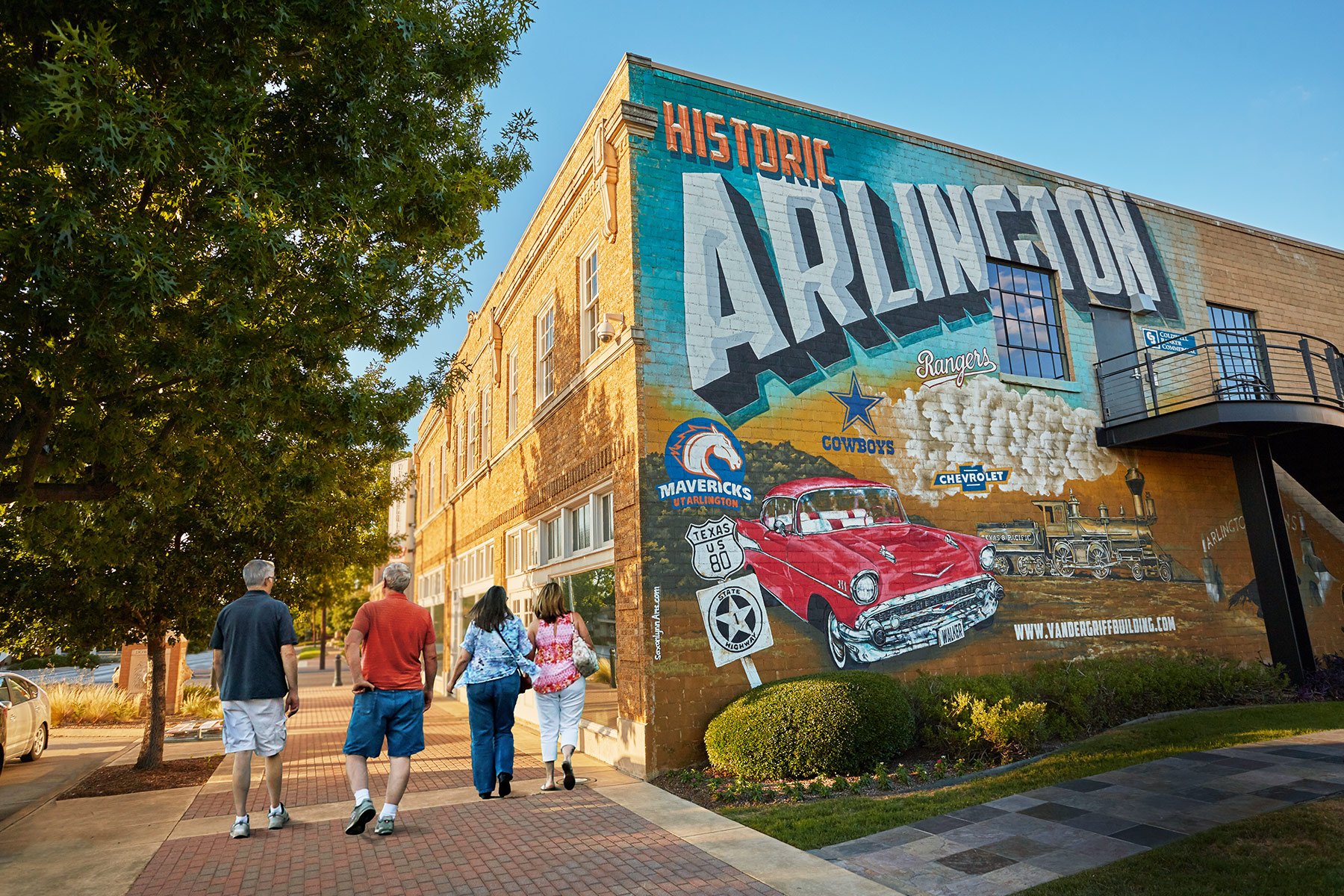Table Of Content

Elements of the secessionist militia occupied Arlington early in May and reportedly fired cannons at U.S. The property's location made it a serious threat to the security of the nation's capital as a Confederate force could easily bombard the federal buildings in Washington, including the White House, from the Arlington high ground. Because of its strategic importance, General Winfield Scott ordered federal troops to seize Arlington and clear the area of all enemy forces.
Updates on Arlington House, The Robert E. Lee Memorial
The War Department began restoration of the house in 1925, and the National Park Service took over management in 1933. In 1955, Arlington House was designated a memorial to Robert E. Lee, and in 1966 it was placed on the National Register of Historic Places. Welcoming numerous visitors, the National Park Service and the Arlington House staff continue to tell the story of the Custis and Lee families in general and of Robert E. Lee specifically.
Arlington House Foundation
Under the new budget, the base real estate tax increases 2 cents to $1.033 per $100 of assessed value, which is partially offset by the move to a stormwater utility fee that reduced the tax rate by 1.7 cents, according to a news release. "I think where people would like to paint us as a certain way being Gen. Lee's grandchildren. ... But that's not how at all we were raised to be." The celebration on the grounds of Arlington House on Saturday was called "Finding Our Voice" and drew about a hundred people. About 100 people gathered Saturday at Arlington House, the national memorial to Gen. Robert E. Lee, in Virginia.
History of Arlington House and its Plantation
Originally constructed between 1802 and 1818, the house was built to be both the residence of George Washington Parke Custis and as the nation's first memorial to his adoptive grandfather, George Washington. The home became the repository of hundreds of relics and artifacts that once belonged to George and Martha Washington at Mount Vernon. Custis' daughter Mary Anna Randolph Custis would then marry a young Robert E. Lee in the house in 1831. This house became the residence of Robert E. Lee and his family before the Civil War.
Police ID suspect in Arlington, Va., house explosion: Here's what to know - NPR
Police ID suspect in Arlington, Va., house explosion: Here's what to know.
Posted: Tue, 05 Dec 2023 08:00:00 GMT [source]
Within months of Union Army General Irvin McDowell occupying the home in 1861, Selina realized that several precious heirlooms were missing due to soldiers looting the property. When she discovered that some of the Washington relics had also disappeared, she promptly provided a list of the missing objects to General McDowell and convinced him that the significance of the collection required his involvement. The large center section and the portico, presenting an imposing front 140 ft (43 m) long, were finished 13 years later. The most prominent features of the house are the 8 massive columns of the portico, each 5 feet (1.5 m) in diameter.
George Washington Parke Custis enthusiastically promoted colonization as a way of dealing with America's racial problems, both in the present and in the future, by removing the problem. Upon George Washington Parke Custis's death in 1857, he left Arlington Estate to Mary Anna Randolph Custis Lee for her lifetime when it would then go to her eldest son, George Washington Custis Lee. The estate needed much repair and reorganization, and Robert E. Lee, as executor of Custis's will, took a three-year leave of absence from the Army to begin the necessary agricultural and financial improvements. Robert E. Lee, whose mother was a cousin of Mrs. Custis, frequently visited Arlington and knew Mary Anna as they grew up.
By the end of the war in 1865, approximately 8,000 combatants were buried at Arlington. As a further affront to the Lees as well as a necessity of war, the federal government in 1863 also created a refuge called Freedman's Village for formerly enslaved people on part of the plantation. Although Freedman's Village was initially used by the government as a temporary measure to help the newly freed transition to freedom, residents of the village fought to keep Freedman's Village open after the war as a sanctuary from post-Reconstruction Jim Crow Virginia politics. With the help of John B. Syphax, son of Maria and Charles Syphax, Freedman's Village remained in existence until 1900 as the home for thousands of formerly enslaved people including some from the Arlington plantation. Arlington House, also known as the Lee-Custis Mansion, overlooks Washington, D.C., from a rise across the Potomac River in Arlington, Virginia.
And they were joined there by descendants of those prominent Americans who had once enslaved their ancestors. Historian Susan Glisson helps people reckon with the country's fraught racial history. "The past doesn't need to be an anchor. It should be a buoy. The past is a navigational tool to point us into a better way to be." "We are at the first ever reunion of descendants of this space," said emcee Stephen Hammond, a docent, who is a descendant of the enslaved Syphax family. Descendants of the enslavers and the enslaved unite for a family portrait at the Arlington House, the former plantation once owned by Confederate Gen. Robert E. Lee and his wife, Mary Custis Lee.
Thank you for visiting the Office of Army Cemeteries (OAC) network of websites, including mobile applications (apps) and viewing our Privacy Statement. Our network, websites and apps are information systems (IS) provided to you as a public service and managed by the United States Government. By accessing our IS (including any device connected to this IS) you are consenting to the terms and conditions found in our User Acceptance Policy.

"I'm on this committee, the Family Circle, to bring back the memories of our ancestors, as well as reconcile with the family that enslaved them," says Cecilia Torres, a retired teacher from California. Many of them are seeing one another in person for the first time after meeting virtually for the last two years in pursuit of racial understanding in what's known as the Family Circle. Arlington House, The Robert E. Lee Memorial, reopened Tuesday, June 8, 2021 with an increased emphasis on the lives of the more than 100 people who were enslaved there. "We recognize that in this particular space, there are going to be people who disagree with how this new presentation of history is being told. And so we need to recognize that it's about the whole history." Archivists were able to trace some of the enslaved inhabitants, and their names are written on plastic sheets preserving the walls.
Keep in mind that, unless noted otherwise, the mansions listed here are mostly closed to the public, so gawking from the sidewalk will have to do. The complete route amounts to a modest 2 miles so you can take all the houses in in one pleasant stroll. Huntsville Fire & Rescue officials said multiple departments assisted in putting a house fire out on Arlington Circle. He said the average apartment renter will see an increase of $233 on real estate tax.
They called on the country to change the name of the site which is maintained by the National Park Service. It should simply be known as Arlington House National Historic Site, they said, and drop the name of Lee altogether. They want the focus shifted away from an enslaver and instead on the many people who built, farmed, cooked, cleaned and cared for the property. Their lives, they said, had a value that was overlooked and could easily have been forgotten.

No comments:
Post a Comment